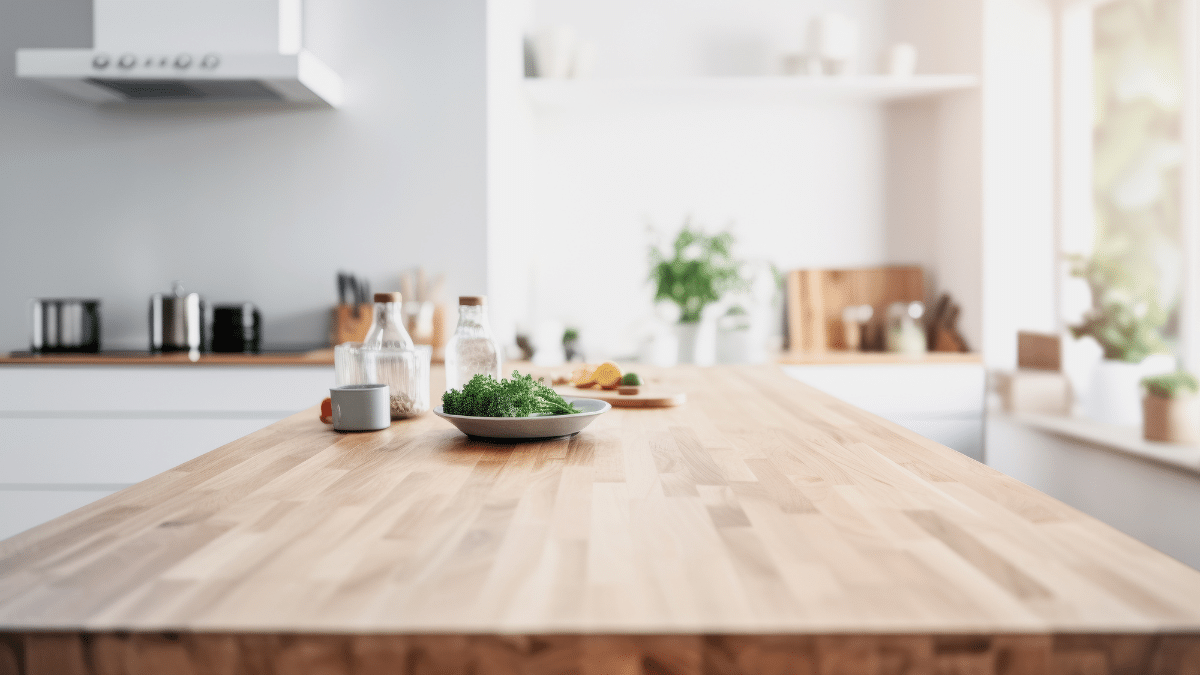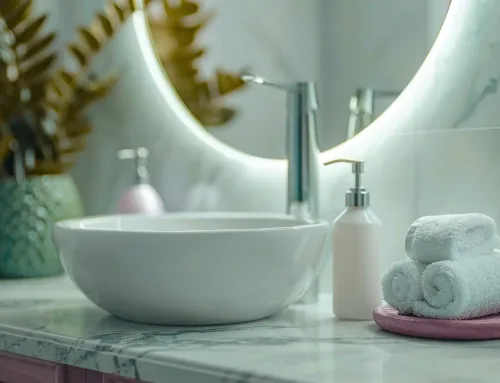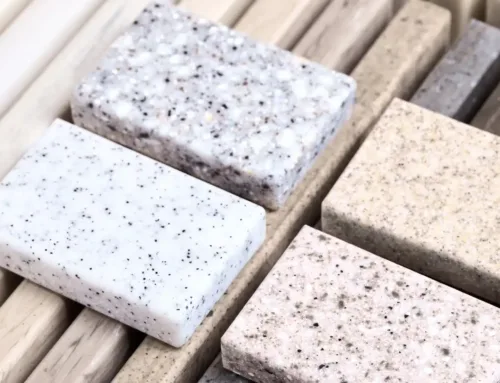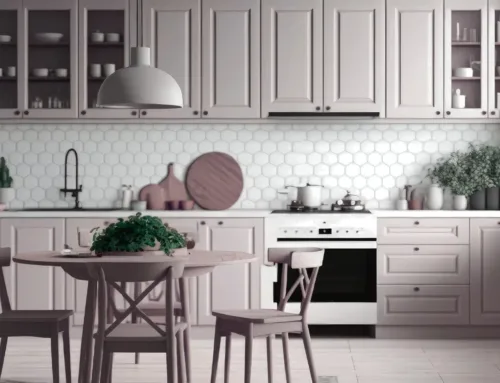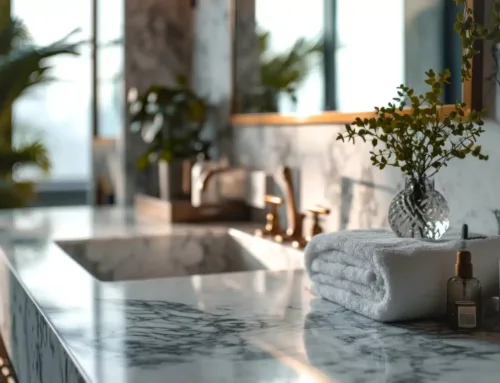When renovating your kitchen, choosing the right countertop material is just as crucial as selecting kitchen cabinets that maximize your space and budget. As experts at Kitchen Cabinet Outlets, we understand that countertops are not just functional surfaces—they’re the centerpiece of your kitchen’s aesthetic. This comprehensive guide will help you navigate the sometimes confusing world of countertop materials, with special focus on the two most popular options: quartz and granite.
Quartz vs. Granite: Understanding the Fundamentals
Before diving into specific details, it’s important to understand what sets these two premium countertop materials apart.
Composition: Natural vs. Engineered
The primary difference between these popular countertop materials lies in their composition:
Granite countertops are 100% natural stone slabs quarried directly from the earth. Each slab is cut from natural stone, polished, and fabricated into countertops, preserving the unique beauty of the stone throughout the process. This natural origin means every granite countertop is one-of-a-kind, featuring unique patterns and color variations that range from earthy tones to vibrant, gem-like shades.
Quartz countertops, despite containing natural minerals, are engineered products. They’re manufactured by combining crushed quartz crystals and other stone materials (about 85-90% of the composition) with resins and synthetic additives like color pigments (about 10-15%). This manufacturing process gives quartz countertops certain advantages not found in natural stone options.
Appearance and Aesthetic Appeal
When paired with outlet kitchen cabinets, both materials can create stunning kitchen designs, but they offer different aesthetic qualities:
Granite: Nature’s Unique Canvas
Each granite slab tells its own geological story with distinctive veining, speckles, and color variations. This uniqueness is highly valued by homeowners who want a truly one-of-a-kind kitchen. The natural beauty of granite can range from subtle, neutral patterns to dramatic, bold statements.
Quartz: Consistent and Customizable
Quartz offers remarkable consistency in pattern and color, making it easier to match with your kitchen cabinet design. Between 2015 and 2016, quartz gained significant popularity as manufacturing technology improved, allowing for colors that convincingly mimic white marble with veining—without marble’s demanding maintenance requirements. This makes quartz an ideal choice for homeowners seeking a marble look with greater practicality.
Cost Considerations
When budgeting for your kitchen renovation alongside outlet kitchen cabinets, cost is naturally a major factor:
Quartz typically ranges from $50 to $75 per square foot for materials and installation, though high-quality options can reach up to $140 per square foot.
Granite generally costs between $40 to $100 per square foot, but premium selections can go up to $175 or more per square foot.
These price variations depend on factors such as color, pattern complexity, thickness, edge treatments, and whether you choose standard or premium grades of either material.
Durability and Maintenance
Both materials offer excellent longevity, but they have different maintenance requirements:
Quartz: Low-Maintenance Durability
One of quartz’s biggest selling points is its low maintenance. Unlike natural stone:
- Quartz never needs sealing
- It’s highly resistant to staining
- It’s non-porous, making it more sanitary and resistant to bacteria
- The main weakness is potential scorching from extreme heat
Granite: Natural Strength with Some Care Required
Granite countertops offer:
- Exceptional heat resistance (better than quartz)
- Excellent scratch resistance
- Natural beauty that lasts decades
- Requires periodic sealing (typically annually) to maintain stain resistance
- Slight possibility of cracking over time
Environmental Considerations
Both quartz and granite have similar environmental impacts, though in different ways. Granite requires quarrying and transportation of heavy stone, while quartz manufacturing involves processing and the use of resins. When designing an eco-friendly kitchen with outlet kitchen cabinets, either option can be suitable depending on your specific priorities.
Installation and DIY Potential
Both materials are extremely heavy and require professional installation. Neither quartz nor granite is considered suitable for DIY installation. When planning your kitchen renovation, be sure to budget for professional installation alongside your kitchen cabinets to ensure proper fitting and maximum longevity.
Making Your Final Decision
When choosing between quartz and granite to pair with your outlet kitchen cabinets, consider these key factors:
- Design preference: Do you prefer the unique, natural patterns of granite or the consistent, customizable look of quartz?
- Maintenance comfort: Are you willing to perform regular sealing on granite, or do you prefer quartz’s maintenance-free nature?
- Heat exposure: Does your cooking style involve frequently placing hot pots directly on countertops? Granite might be more suitable.
- Budget constraints: While both materials have overlapping price ranges, your specific selection might favor one over the other.
- Long-term plans: Are you renovating for personal enjoyment or resale value? Both materials offer excellent return on investment.
At Kitchen Cabinet Outlets, we help customers pair the perfect countertops with outlet kitchen cabinets every day. The most important thing is choosing a material that fits your lifestyle, aesthetic preferences, and practical needs. Whether you select the engineered perfection of quartz or the natural beauty of granite, either choice will provide a durable, beautiful surface for your kitchen for many years to come.
Remember that the best kitchen designs consider the relationship between all elements—your countertops should complement your outlet kitchen cabinets, flooring, backsplash, and overall design theme to create a cohesive and inviting space.

